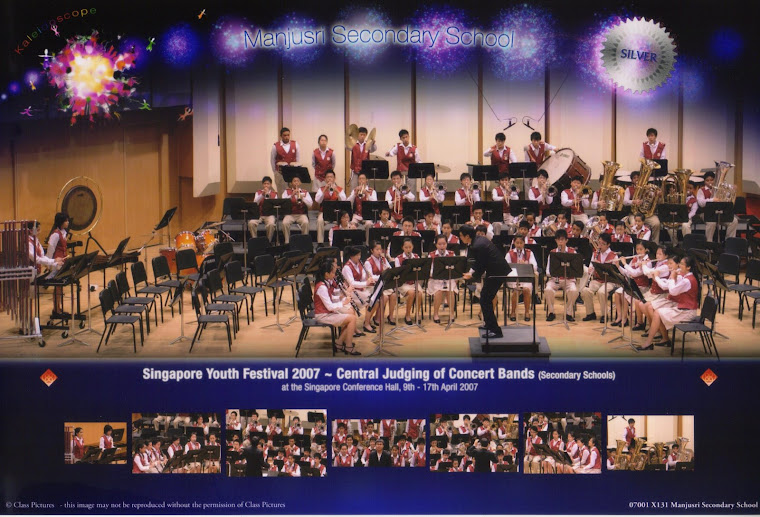The First Suite has three movements, each with its own character and form. The complete composition is based upon a 8-measure melody reminiscent of English folk song; however, the tune is original to Holst.
Most notably, the theme statement that initiates the first movement is developed throughout each movement. Its variations range in style from lyrical to playfully rhythmic to ornamentally embellished.
[edit] Movement 1: "Chaconne"
This movement, in 3/4 time, is based upon an 8-measure melody initiated by the low brass which repeats sixteen times throughout the piece. This form is synonymous with a passacaglia, however both terms are often used interchangeably. The rhythm of the theme with its half note-quarter note and quarter note-half note rhythm is believed to be based upon medieval English carols; the "Agincourt Song" from 1415 in particular bears a strong resemblance.
Holst uses many colorful effects to vary the chaconne theme. These include "band hits" (synonymous with the popular term "orchestra hits") in the brass and percussion outlining the notes of the theme while the woodwinds play virtuosic sixteenth-note runs. The whole passage is marked brilliante or "brilliantly." Exactly following this is a famous low brass excerpt where they play an eighth-note line based again on the notes of the theme. This section is marked pesante or "heavily" which sharply contrasts with the material directly before.
Following this are more interesting variations using mostly combinations of solo instruments including a solo horn, duet between flute and oboe, and solo alto saxophone. This section eventually develops into a minor key.
Two of the repetitions, the tenth and eleventh, are an inversion of the theme. Here the mood changes drastically with a funeral march like feel with the dynamics exceptionally soft. The bass drum and tuba emphasize a hemiola rhythm while a solo euphonium plays the inversion in a minor key. The twelfth, the theme played a third higher, is a famous trombone soli that hints at Holst's earlier years as a trombone player. Then a crescendo poco a poco extends over two more repetitions of the theme. At the height of the crescendo, more hemiola in the brass and saxophones is used to heighten the harmonic interest.
The climax is at the top of the crescendo with the theme being stated in almost all of the low instruments. The higher instruments play soaring counterpoint lines, all of which is marked ff. The final repetition, stated in the trombones and low trumpets/cornets (an unusual combination for its day) is transposed up a fifth, chromatically altered, and extended. The movement ends with the trombones and trumpets/cornets playing against the rest of the band playing on beats one and two while the rest of the band is striking sustained chords on the third of each measure. Holst, in the final chord, interestingly drops out all of the bass voices from the band leaving a very brilliant sounding chord with high concert B-flats in the flutes, piccolos, and trumpets/cornets. This powerful coda is difficult to play well, but has very high emotional impact when it is.
[edit] Movement 2: "Intermezzo"
Nearly all of this movement is devoted to a rhythmic and well-articulated oboe, clarinet and cornet soli. The exploitation of wind band tone colour combinations flavor this movement. While the movement is predominanly light in character, the lyrical euphonium solo—another variation on the main theme from Mvmt. 1—provides contrast with sustained and rich tone.
[edit] Movement 3: "March"
The march is usually played at a march tempo, although many recordings play it quite fast. It opens with the famous bass drum solo, one of the few in the band literature. It features two primary melodies both very contrasting in style. The first is featured in brass section in the opening strain in a very marcato manner. The trio features the mid-low woodwinds with the second theme in a lyrical and legato manner with the euphonium providing a counterpoint melody. The finale of the march uses both melodies layered on top of one another and with variation in the woodwinds. The last few bars are very powerful (marked ffff) and have one of the most famous trombone solis in the band repertoire.



No comments:
Post a Comment